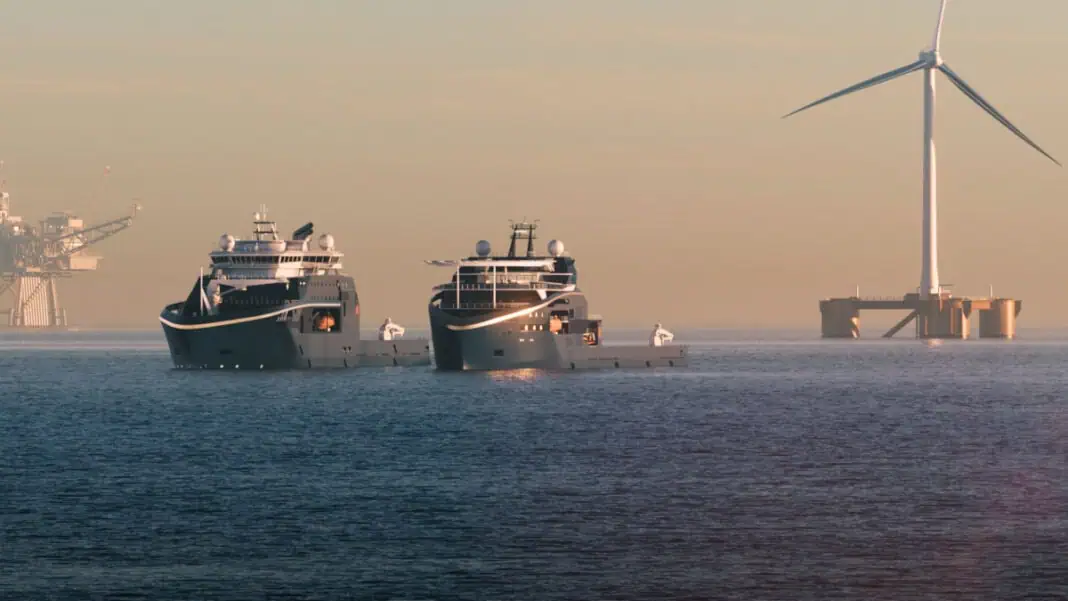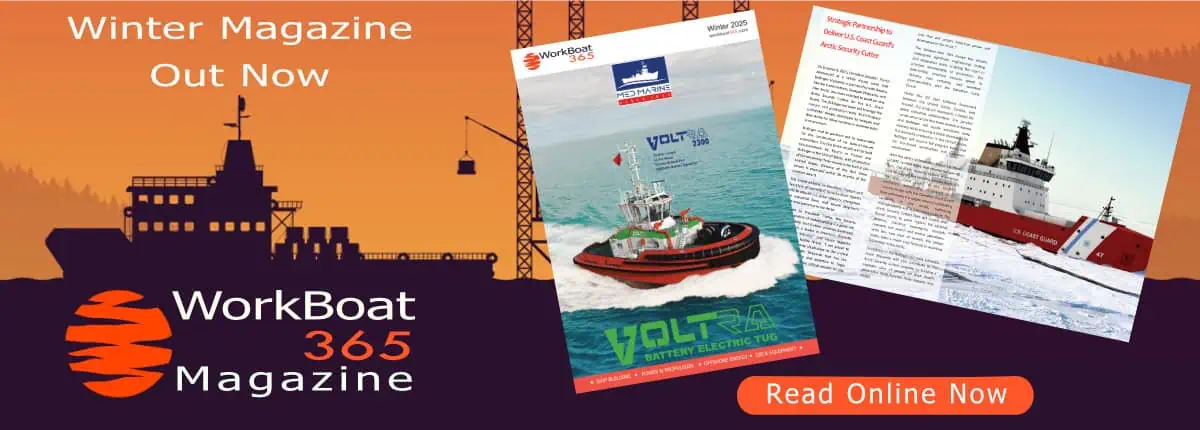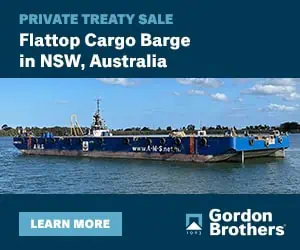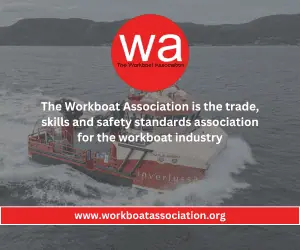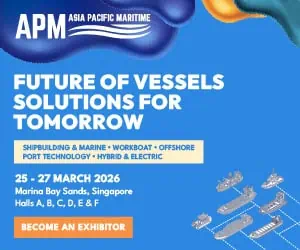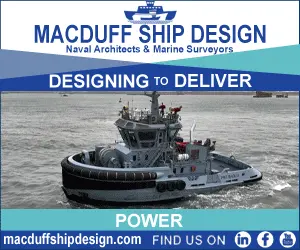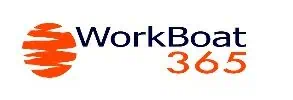Kongsberg Maritime unveils a a range of innovative methods designed to transform and industrialise the transportation and installation (T&I), of floating offshore wind turbines. These cutting-edge technologies will enhance efficiency, safety, and scalability, supporting the rapid growth of the offshore wind industry and accelerating the transition to renewable energy.
These new solutions promise to streamline the entire process, from anchor and mooring installation through to electrical cable pull-in, ensuring that turbines are ready to be connected to energy grids, and offer a comprehensive solution for the floating offshore wind market. The solutions are part of a broader strategic effort that Kongsberg Maritime has put in to contribute towards the emerging floating offshore wind market, with more initiatives in the works.
Gunnar Thorsen, Senior Vice President of Business Concepts at Kongsberg Maritime, highlights the significance of these innovations: “We aim to offer a full package of equipment and technology, from the point the floating turbines leave their assembly site to the moment they are connected to the power grid. Our new methods for anchor tensioning, mooring installation, tow-out, and cable pull-in will represent a big leap forward in the industrialisation of floating wind installation. They are also applicable to other offshore energy structures, so our investment in these novel solutions will also be relevant and benefit oil and gas related operations.”
Four of the elements highlighted in this new, offshore floating wind approach, are: new vessel designs and methodology for anchor and mooring installation; a new approach for towing turbines to site; a new integrated tensioning concept for mooring lines; and an innovative cable pull-in system.
Two new vessel concepts, specifically designed for large-scale mooring and installation operations, are a key element in the new novel solutions. The Floating Wind Installation Vessels (FWIVs) are designed to handle the unique challenges of transport and installation of floating wind turbines, as well as other offshore and subsea structures.
The anchor handling version (UT 7900 FWIV AH) features a triple cross-tensioning winch system capable of tensioning and proof-loading up to three mooring lines simultaneously with significant reduction in bollard pull requirements. This vessel can pull up to 900 tonnes in a single fall configuration, ensuring efficient and safe anchor handling, with reduced energy consumption.
“This vessel offers a new approach, and because of the high volume and repetitive nature of the operations, we’ve built in additional rope and chain storage. The whole point behind this new set-up is that you deploy the rope, while preparing the next one, and do it in a safe environment, which you can’t do on a normal anchor handler,” says Gunnar.
The subsea construction vessel design concept, (UT 7600 FWIV Subsea), is equipped with advanced systems for handling, storing, and deploying mooring elements, making it ideal for high-volume floating wind installations.
To address the challenges of transporting giant turbines to offshore fields, Kongsberg Maritime has developed Tow Assist. This innovative approach combines Kongsberg Maritime’s leading edge Dynamic Positioning (DP) technology with operational analysis to improve situational awareness, safety and efficiency throughout all stages of the towing operation.
Tow Assist builds on the K-Pos DP system, enabling unpowered floating structures to become DP-enabled during complex towing operations by calculating and distributing the optimal allocation of the connected vessels.
Successfully trialled in the North Sea last year, the Tow Assist system provides real-time situational awareness through graphical guidance for precise and efficient positioning, transforming the way floating offshore structures are moved and positioned.
The Integrated Tensioning Concept is a solution designed to enhance the efficiency and safety of mooring line hook-up operations. This system compensates for relative movements between the floater and the vessel, significantly increasing the operational weather window and ensuring smoother operations.
The new concept utilises Kongsberg Maritime’s advanced Permanent Magnet (PM) winches, known for their high torque and dynamic capabilities. These winches are a key component of the system, providing the responsiveness and motion compensation necessary for precise and efficient tensioning of mooring lines. The PM winches’ ability to handle large loads with rapid response makes them ideal for the challenging conditions of offshore operations.
Runar Hjelle, Sales Director Offshore Construction & Support at Kongsberg Maritime, explains: “The Integrated Tensioning Concept monitors the motion of the floater, allowing the vessel winch to compensate, removing peak loads and hazardous situations. This results in a much smoother hook-up process and significantly increases the operational weather window.”
A new method for cable pull-in operations, is a key element of Kongsberg Maritime’s end-to-end process by reducing requirements for equipment and people on the floater, enhancing safety and speeding up the overall rate of installation of the wind farm array.
Gunnar Thorsen, adds: “At present, cable pull-in operations require mobilising equipment such as winches, power packs and fuel tanks on the floating turbine. Personnel must be on board the floater after it has been hooked up to perform the cable pull-in. However, with the new, patented method, all necessary equipment is placed on the vessel, significantly reducing the complexity and risk associated with the operation.
“This new approach offers several advantages, including enhanced safety by reducing the number of people onboard the floater, to a minimum during the pull-in operation. Equipment lifting operations and personnel transfer are minimised which allows operations to continue in harsher weather conditions. This is crucial for maintaining year-round productivity and speeds up the overall rate of installation of the wind farm array.”



